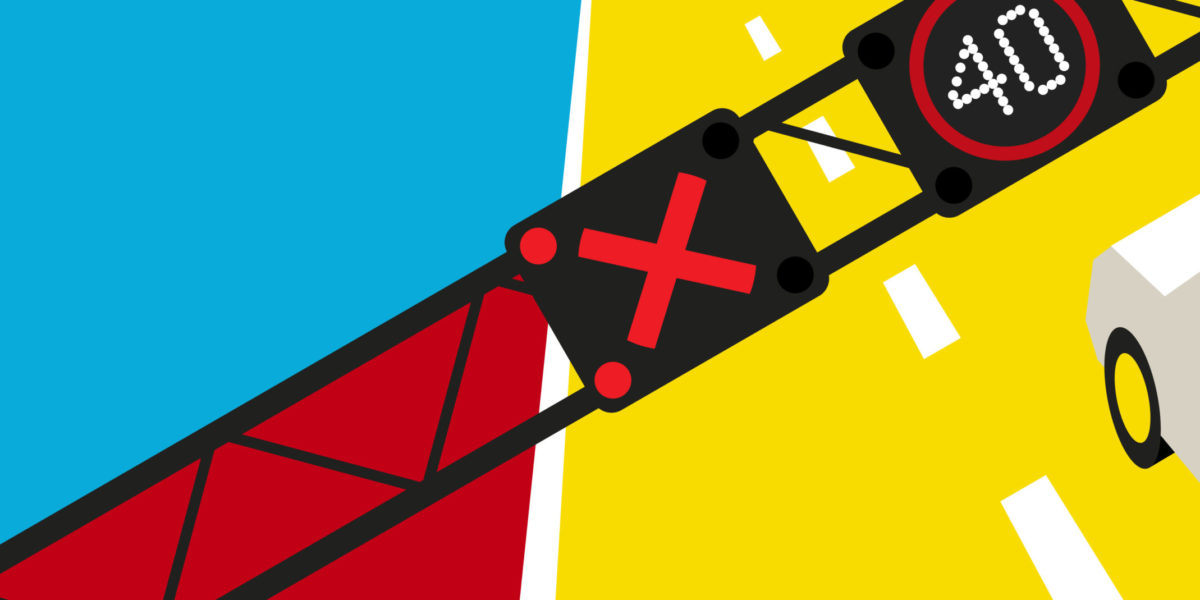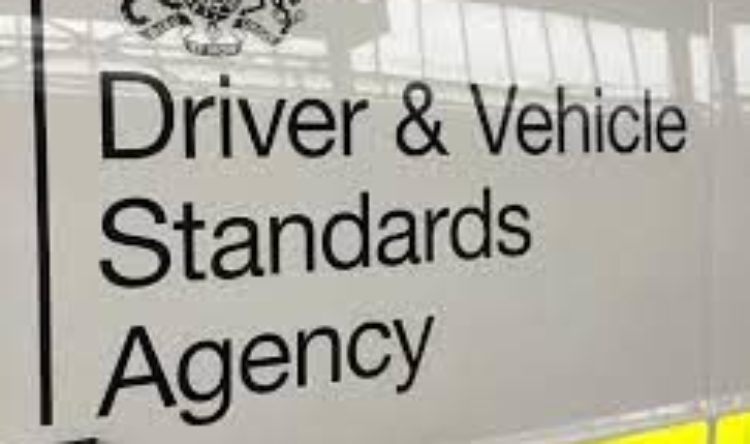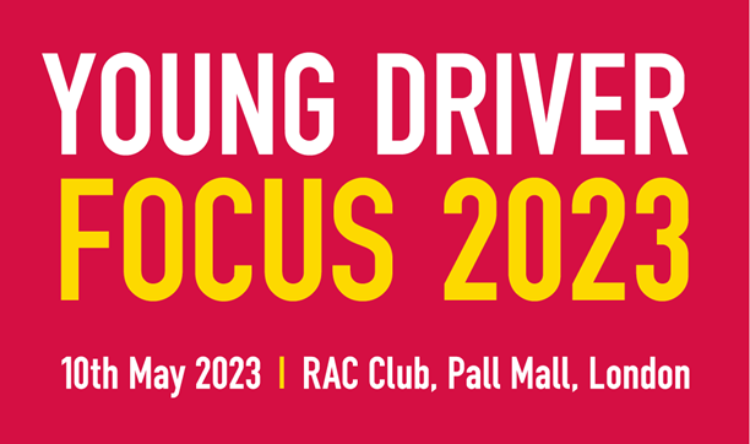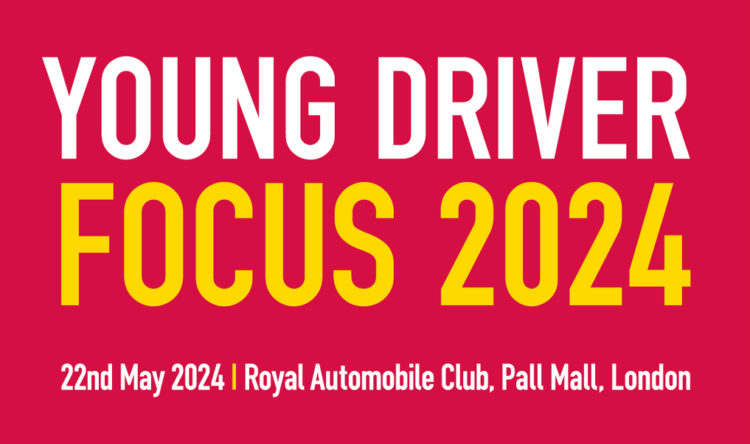The red cross code
Thousands of motorist putting lives in danger
Another campaign has been launched to remind drivers not to ignore the red X sign.
Emergency services and National Highways have joined forces as one council reveals it has prosecuted almost 10,000 drivers.
The symbol used on overhead gantries of Smart motorways closes the lane because of stranded vehicles or debris.
Ignore at your peril
Abiding by the signal is essential to avoid potentially serious collisions.
Chief Constable Jo Shiner, the National Police Chiefs’ Council lead for Roads Policing, emphasises the importance for all road users. However, here are still significant numbers of motorists ignoring the warnings.
“Sadly, there are too many instances where motorists fail to comply with a red X signal and put others in incredible danger by driving in a closed lane. This is unacceptable and drivers who do so need to understand they face prosecution.”
Cameras can legally capture the details of motorists ignoring the signs. As of September last year all police forces have been able to enforce the cameras.
They can be used to automatically detect vehicles passing illegally under a red X or entering the lane beyond a red X. This means a fixed penalty of up to £100 can be issues, along with three points on the drivers licence. In some cases, more severe penalties or a court appearance can result.
Thousands of offenders
More than 90% of drivers currently comply with the red X. However, that still leaves thousands being prosecuted each year, according to National Highways.
Surrey Police was one of the first forces to begin enforcing camera detected red X offences as part of pilot schemes in November 2019.
Since then, there have been 9,427 first Notices of Intended Prosecution sent out by the force.
Of these, over half – 4,926 – have so far completed a safety awareness course. Others selected alternative disposal options such as paying a fixed penalty or having the matter heard at court.
But with smart motorways already struggling to be fully accepted by the public and road safety organisations, these statistics enhance an already worrying picture.
Greater clarity needed
RAC road safety spokesman Simon Williams says it’s a “very worrying statistic”.
“For some time we’ve been concerned that red Xs displayed on signs at the side of the road aren’t nearly as clear as those positioned on gantries directly above each lane.
“We fear this may be a factor in some of the non-compliance. For this reason, it would be helpful to know drivers’ reasons for not obeying red Xs.
“If it’s the case drivers say they hadn’t seen or understood signs at the side of the road then there may be an argument for installing more expensive gantry signage.
“It’s critical drivers obey the red X as it’s often the first line of defence for anyone stranded in a live lane of smart motorway traffic.”
Signalling an emergency
A further consideration is the importance of closed lanes for emergency services attending incidents or getting critically ill patients to hospital.
Martin Flaherty is managing director of the Association of Ambulance Chief Executives (AACE). He states that blocking what are potentially emergency lanes is a serious issues that can hamper lives.
“We want drivers to understand that a lane closed by a red X is for the safety of all – and especially to help protect the scene of an accident and those emergency and essential services who may be on the carriageway to deal with the aftermath.”
It’s a message backed up by Dan Quin, road lead for transportation at the National Fire Chiefs Council. They provide “invaluable access to the scene of an incident” and “safety for workers while on the road, including emergency services and the public, by reducing the risk of further collisions.
He adds that “all road users have a role to play in complying with them”.
Knowing what to do
National Highways says that if your vehicle has a problem, or you get into trouble on a motorway, stay calm and try to exit at the next junction or motorway service area.
If that’s not possible, put your left indicators on, move into the left lane, enter the next emergency area, or hard shoulder, put your hazard lights on, get behind a safety barrier where there is one and keep well away from moving traffic.
Drivers should also call National Highways on 0300 123 5000, and then a breakdown provider for help.
If you are unable to exit your vehicle and get to a safe place, have stopped in a live traffic lane or feel your life is in danger, National Highways says that you should stay in your vehicle with your seatbelts and hazard lights on. Call 999 immediately or press the SOS button in your car.







